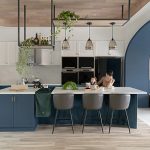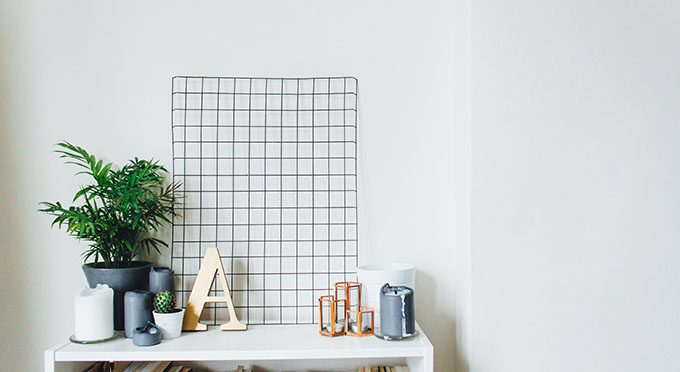
One of the more intriguing things about the world we live in is how the physical and the emotional intersect and correlate. In particular, our physical environments and surroundings have the ability to significantly impact our happiness and emotional stability.
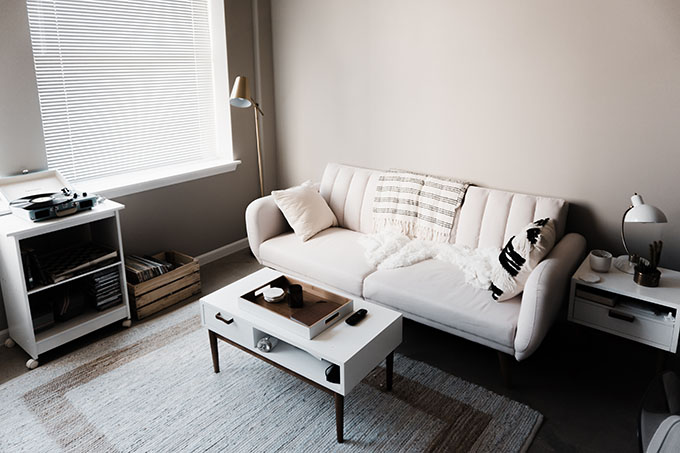
Naturally, this means your house – the place where you spend thousands of hours a year – is impacting your happiness. The question is, how is it impacting you? Is it making you happier, or is it negatively impacting your satisfaction?
Designing a Happier House
Your immediate surroundings are more than just physical space and matter. They have a direct impact on your overall well-being.
“Our surroundings affect us on a profound level. The negative effects that the seemingly unimportant may have on our psyche, our outlook on life and our mood is rather surprising,” Paul Hudson writes for Elite Daily. “Take for example your place of residency: is it simply a place where you store your stuff and sleep — if only occasionally? Or is it a place you call home?”
Most would agree that a house is more than just a physical structure – it’s a part of our identity. And if that’s the case, it directly impacts how we feel. It’s why a dark and dingy basement feels different than a light and airy cabin with mountaintop views. It’s why some interior design schemes make us feel relaxed, while others make us anxious.
There’s no singular solution for designing a happy house, but there are some general strategies and techniques that people use to achieve better results. Here’s some food for thought:
-
Use Color Psychology to Your Advantage
Color has far more influence over your psyche and mental energy than you realize. By wisely selecting the right wall colors for your home, you can maximize happiness and avoid negative emotions.
“The first thing you will need to know when painting a home is that a neutral palette is best. Secondly, and more importantly, neutral does not always mean white,” Houston-based Green Residential notes. “Neutral color palettes can range from muted pinks to pale yellows, but don’t usually include heavily saturated colors.”
It’s also important to note that each color evokes different emotions. Green, for example, is calm and centered. Red, on the other hand, heightens senses and makes people feel a sense of urgency. Do your research before slathering on the paint!
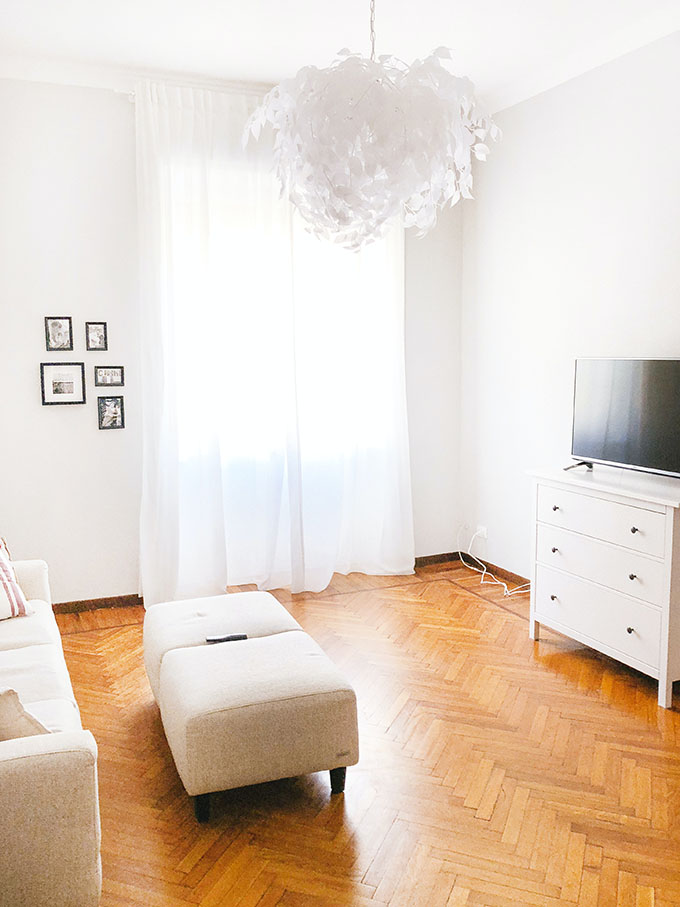
-
Let There Be Light
Humans love natural light. And even though we spend less time outside (as a species) than ever before, there’s still a desire to enjoy the beauty and warmth of sunlight.
Sun-soaked rooms make us feel energized and happy. They communicate a high degree of hopefulness. And no matter how much artificial light we pump into our living spaces, it can’t come close to matching the rawness of natural sunlight.
If you’re designing or renovating a house, consider adding windows and/or installing skylights. Curtains and drapes should be kept to a minimum. From an interior design perspective, mirrors can be used to magnify natural light and create the illusion of additional space.
-
Surround Yourself With Personal Effects
It’s easy to go to IKEA or Target and buy a bunch of furniture and design accessories. (And you can actually get some pretty stylish designs and affordable prices!) But be careful to avoid oversaturating your home with generic decor that millions of other homeowners also have.
One of the best ways to make a space feel happy is to surround yourself with personal effects. This includes photographs, family heirlooms, mementos, collections, and reminders of accomplishments (like diplomas and certificates).
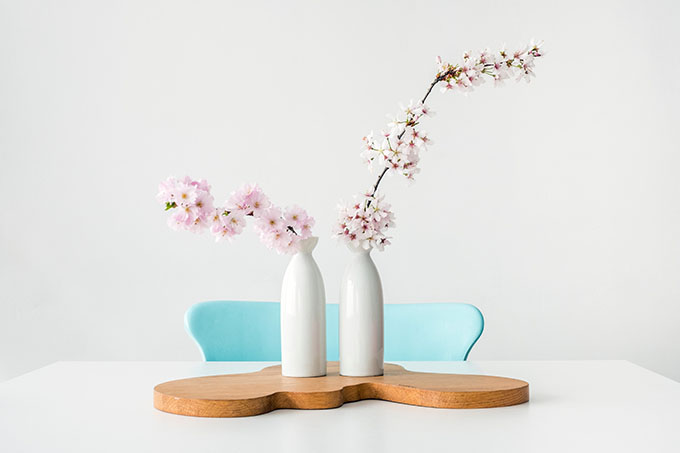
-
Get Rid of Clutter
While personal effects can help you feel safe and comfortable, don’t go overboard. Too much clutter will actually stress you out and limit your ability to focus on the things that matter most. That’s why psychologists recommend eliminating clutter and maintaining simple, clean living spaces with focused design.
Prioritize Your Happiness
If you’re going to spend hundreds of hours per month in one physical space, it only makes sense to optimize and design it in such a way that it makes you feel happy and satisfied. A failure to do so is basically intentional neglect of your emotional well-being.
Do the right thing and show your house some love!



